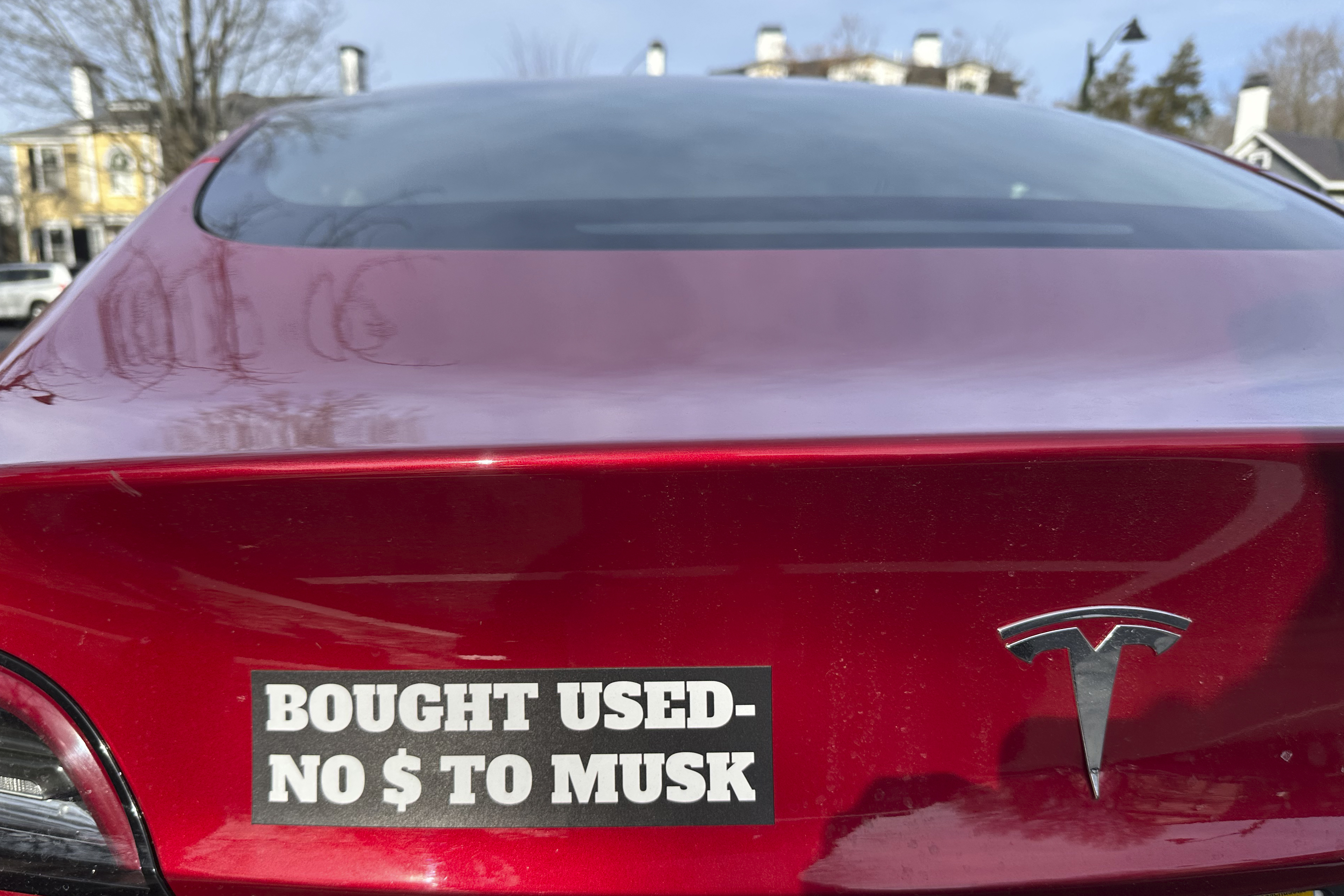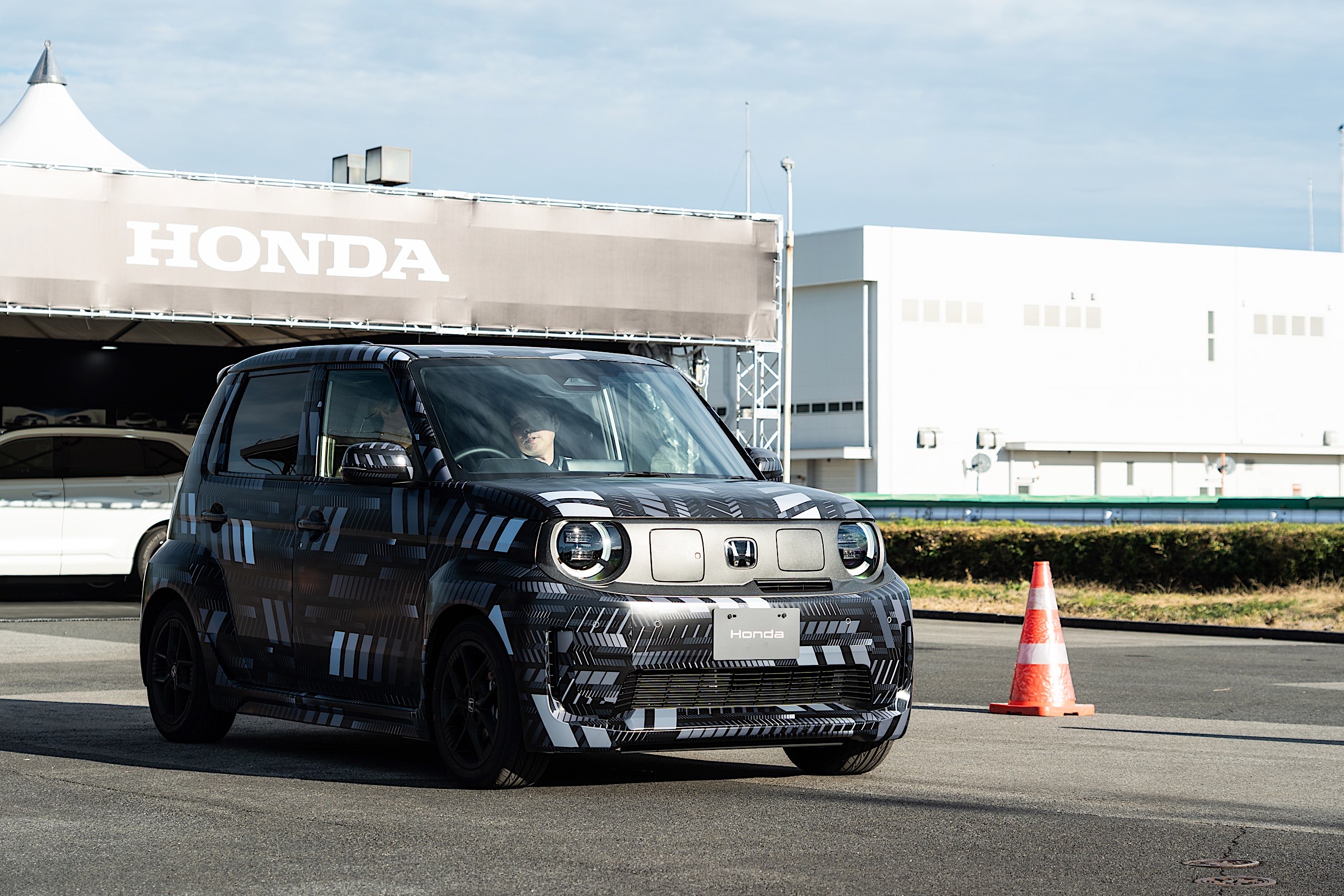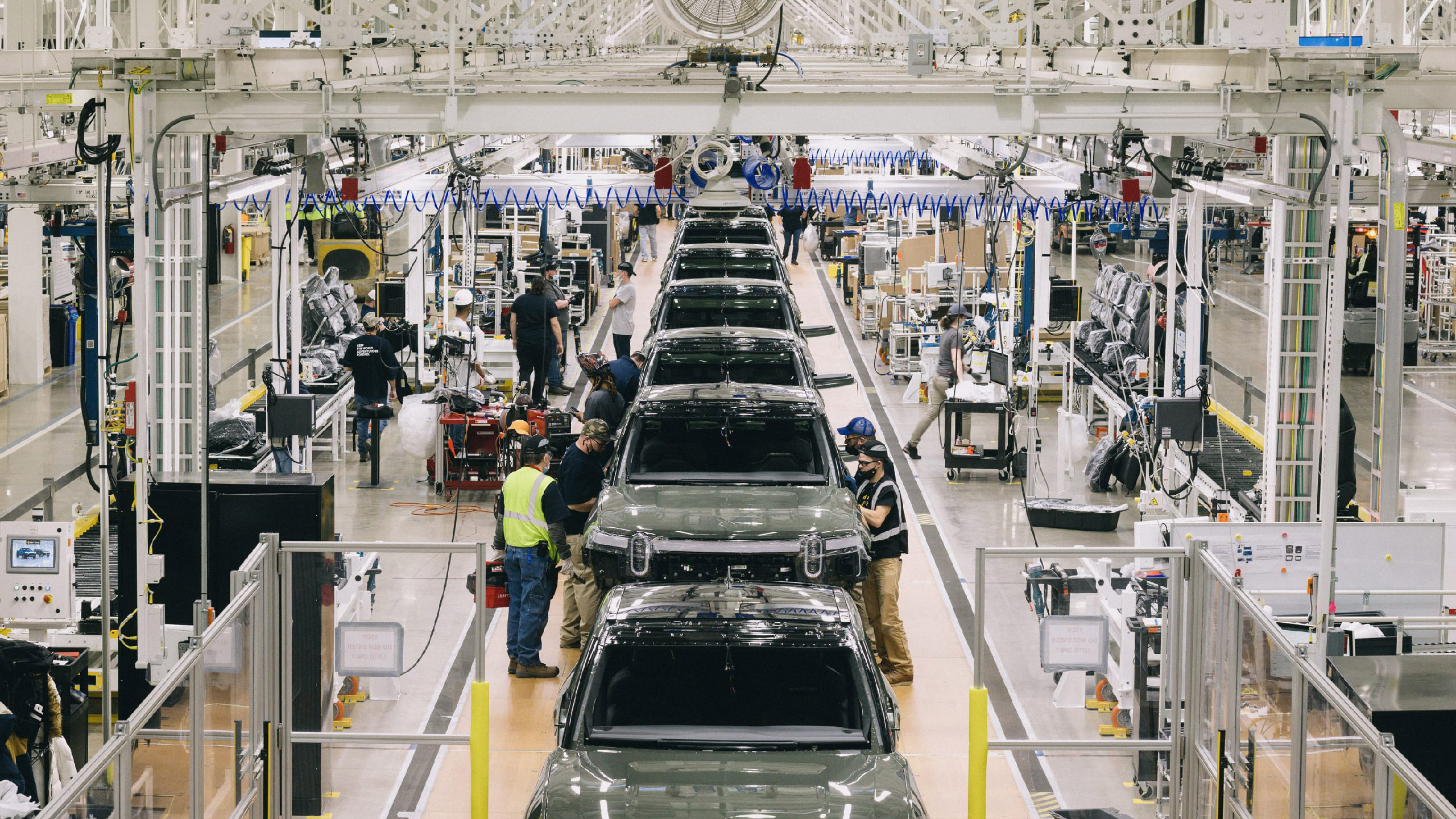If you like both electric vehicles and emotional roller coasters, 2025 was an excellent year. However, for those of us whose nerves are already sufficiently frazzled, the highs and lows of the last 12 months were a bit hard to stomach.
In 2025, we saw the introduction of new, compelling models like the Lucid Gravity and refreshed Nissan Leaf, the latter available at a price on par with its internally combusted competition. From a product availability standpoint, 2025 was the year the EV market started feeling more mature and less manic.
But 2025 also saw new heights of anti-EV vitriol stirred up during a particularly traumatic election cycle. The means of propulsion or badge on the hood of your commuter machine suddenly became an indicator of your political affiliations. Put simply, the car you drive is now a political statement, and it’s the latest unprecedented situation in an exhaustingly long and dire string of unprecedented situations. Yes, it's been a long year, and the pessimism of 2025 will surely carry us well into 2026, but not all hope is lost for EVs.
Tesla and the DOGE effect

We've certainly seen some civic-minded CEOs in the past as auto executives have a long history of mixing their corporate interests with their political panderings. Chrysler CEO Lee Iacocca was even considered a potential presidential candidate once upon a time. However, we have never seen the kind of ass kissing and cronyism we were privy to in this year's fickle friendship between Elon Musk and President Trump.
Musk was (hyper) active on the Trump campaign trail, and wasted no time digging into what he described as government overspending. While the Department of Government Efficiency's efficacy is debatable, it certainly proved quite effective at decimating the accounts of Tesla investors. Between January and March, Tesla's stock price dropped by nearly half. Things didn't turn around until Musk left DOGE in May.
Since then, Tesla's price has returned to its highs before the DOGE debacle. Its sales, however, have not. Q1 deliveries declined by 13 percent, then 14 percent in Q2. Deliveries bounced back 7 percent in Q3 as everyone scrambled to buy before the EV credits expired, but profits plunged 37 percent. Tesla's market share in the US electric vehicle space has halved, leading perennial pitchman Musk to start hawking everything from AI agents to spandex-clad robots — anything to distract from the numbers.
And it's apparently working. Musk's $1 trillion pay package was approved by Tesla’s shareholders without much worry. This could make him the world's first trillionaire, but only if he meets a series of aggressive targets and deadlines for sales, an area where the man has struggled in the past.
The big, beautiful sales spike

Elon Musk and Donald Trump's bromance wasn't the only fallout from the latter's second term. So, too, died the $7,500 federal EV incentive, which expired in September as part of President Trump's "Big Beautiful Bill." That actually spurred a short-term sales spike ahead of the deadline. Many manufacturers even set new EV sales records riding that wave, but there's a disconcerting trough to come.
We still need to wait a bit to see just how bad Q4 EV sales are going to be, but early indications are not looking good. J.D. Power's October report says that EV sales in September were a record high, making up 12.9 percent of new vehicle sales in the US. In October, after the credit expired, they fell to a mere 5.2 percent.
That's a worrying drop, and it's already affecting product planning.
Cuts in EV production

When I was in Japan last month, getting an early look at some next-gen hybrids from Honda, I wasn't expecting to hear talk of midterm American elections from the company's executives. But that's what was on CEO Toshihiro Mibe's mind. He's watching American voting trends closely to determine the nature of the company's upcoming releases.
Mibe said that Honda has already canceled plans for some EVs here in America, instead focusing on a broader selection of hybrid models. It's not the only company to do so. Ram also canceled its 1500 EV truck, but the hybrid version is still supposedly on the way.
Scout Motors, too, has been focusing more on its extended-range hybrid offerings. The company's initial pitch was purely electric trucks and SUVs. Lately, it's been prioritizing its extended-range EV options based on the feedback from its 130,000 pre-orderers. 80 percent of them want the onboard generator, an add-on that may prove a saving grace for this EV startup.
There is reason for optimism
Some manufacturers may be throttling back on their EV aspirations, but others are forging ahead. There's a delightful collection of battery-powered machines coming next year, and that's worth getting excited about.
Again, the 2026 Nissan Leaf should be a hugely popular choice as its production ramps up. It's already hitting dealerships now, and with a starting price under $30,000, it'll be hard to beat. But, Chevrolet is going to try with a refreshed Bolt EV for similar money.
If you've got more to spend, you've got more options. BMW's stellar iX3 crossover SUV is due soon, as are both the electric CLA sedan and GLC SUV.
The most anticipated EV of the year, though, might just be the Rivian R2. This electric SUV will join the stellar R1S and R1T, expanding Rivian's segment footprint while also hopefully expanding its market reach. A $45,000 starting price makes it far more attainable than any of the company's previous offerings.

If the prospect of a fun, affordable SUV from Rivian doesn't have you excited for the upcoming year in EVs, maybe some promising news from Europe will. After cutting its own EV incentive program in 2023, Germany's EV sales fell off a cliff, dropping 28 percent in 2024. Cue the predictions of the demise of EVs by many local pundits.
Since then, though, EV sales slowly climbed back up, and lately they've been booming, with German road traffic agency KBA saying the total number of newly registered electric vehicles increased by nearly 50 percent in October (year over year). Electric cars now make up 19 percent of the market there, and that's despite Tesla's sales cratering.
There's no guarantee that the American market will follow a similar rebound, especially if the anti-EV political messaging continues. Me, though, I've decided I'm staying optimistic, as exhausting as that can be these days.
This article originally appeared on Engadget at https://www.engadget.com/transportation/evs/a-shaky-year-for-american-evs-could-set-the-tone-for-2026-153000210.html?src=rss